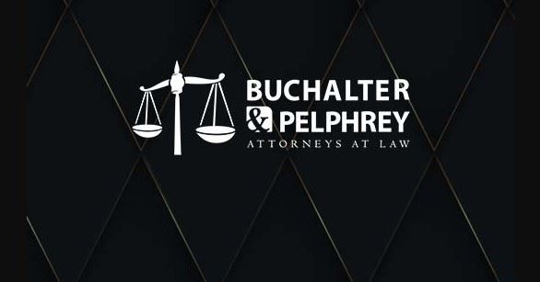Yes, it’s possible to discharge student loan debt in bankruptcy. It’s a common misconception that this isn’t possible, but that may be due to the extreme circumstances that typically apply to cases that resulted in student loan debt discharge.
In other words, it’s not always practical to pursue a discharge of student loan debt. Discharging other debt, however, can lessen one’s financial burden and make it possible to meet their student loan debt obligations.
A renewed focus was cast on student debt on Wednesday, Aug. 24, when President Joe Biden announced that the federal government would forgive at least $10,000 (and up to $20,000 in some cases) of student debt for low- and middle-income borrowers.
This focus has also brought the prospect of discharging remaining student loan debt through bankruptcy, which is possible if a borrower is experiencing undue hardship.
Student Loan Debt, Undue Hardship & Testing for an Exception
Normally, student loan debt is considered non-dischargeable debt. This puts it in a category among other non-dischargeable debts, such as child support, spousal support, payroll taxes, and more.
When a student loan borrower is unable to earn enough money to repay their loans, for example, they may qualify for an exception.
The Brunner Test
One of the tests the courts use to determine student loan debt discharge eligibility is The Brunner Test. This is a legal standard that requires a borrower to satisfy three criteria: poverty, persistence, and good faith.
Poverty is assessed according to the borrower’s current income and expenses. If the court determines that the borrower can’t maintain a minimal standard of living for themselves or their dependents if forced to continue paying their loan debt, then they may pass this part of the test.
Persistence refers to whether or not the financial hardship the borrower is experiencing is likely to continue. In other words, the court will weigh whether a loss or reduction in income is temporary or will continue for a significant duration of the loan’s term.
Good faith is demonstrated by the borrower’s reasonable efforts to repair their student loans. This can be satisfied by making payments on time, even when not in full. Borrowers can also demonstrate good faith by structuring their spending habits to prioritize paying their student loans over luxury goods and services.
The Totality of Circumstances Test
Some courts will use the Totality of Circumstances Test. This is a general legal assessment of all relevant factors to your bankruptcy case. If the court determines that repaying your loan would present you with undue hardship, you may receive a whole or partial discharge of student debt.
What Happens If I Can’t Discharge Student Debt?
If you are unable to get rid of student loan debt, you may be able to lessen your other financial burdens through bankruptcy. For example, if you are struggling to pay your loans because of medical debt and high credit card balances, both of these can be discharged in Chapter 7 bankruptcy.
Even if your bankruptcy case doesn’t directly tackle your student loan debt, pursuing other forms of debt relief can make it easier to get by despite your student loans.
If you want to speak with an attorney about your options in bankruptcy, don’t hesitate to contact Buchalter & Pelphrey Attorneys At Law today.

